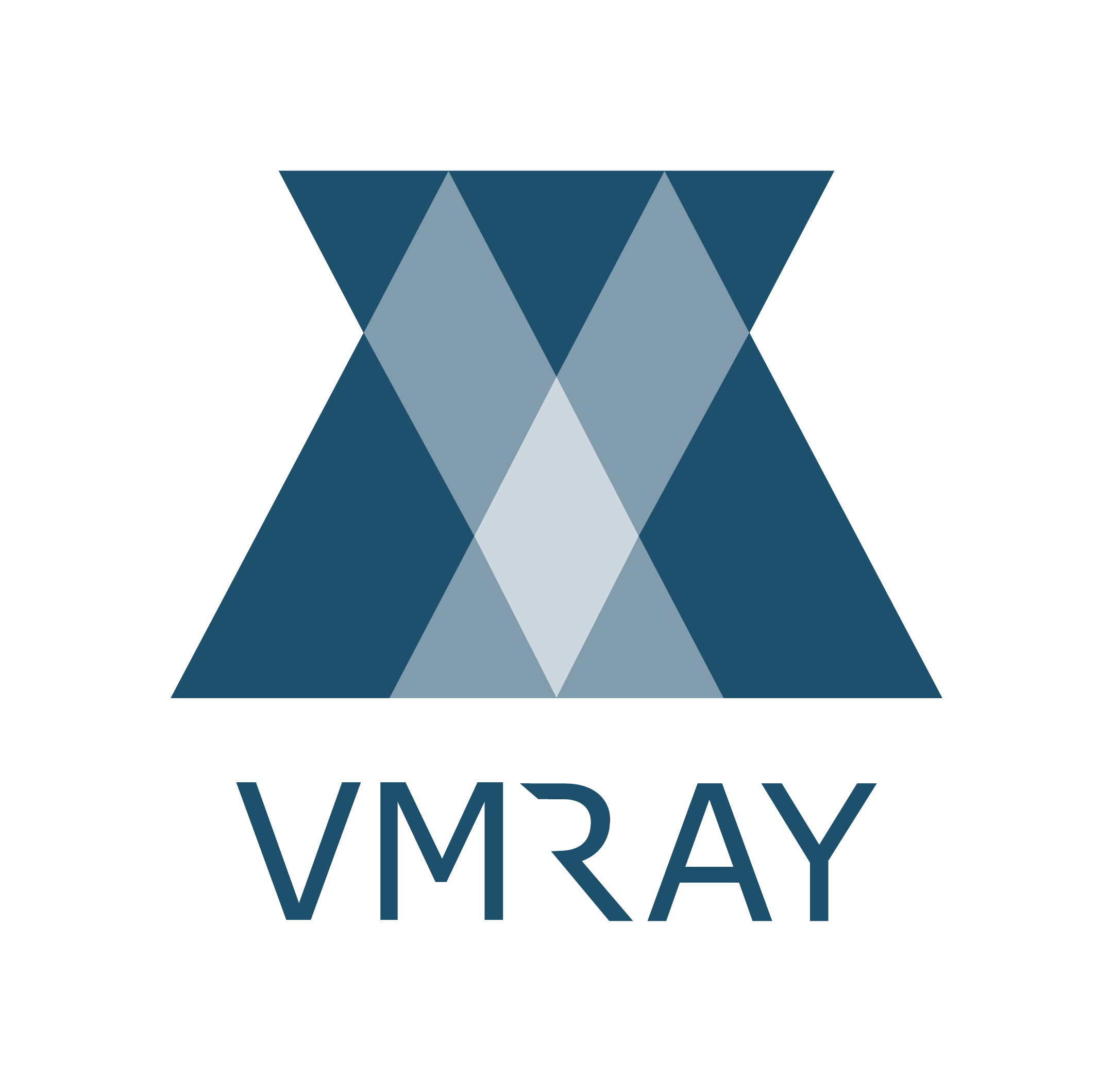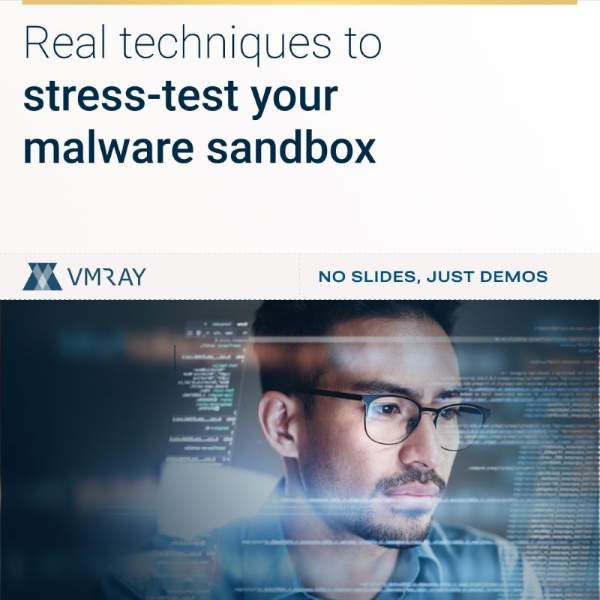Chapter 3: Challenges with Linux in Cloud Environments
As Linux continues its ascent in the cloud realm, its strengths and versatility come face to face with a set of distinct challenges. The dynamic nature of cloud ecosystems introduces complexities that need to be navigated carefully. In this chapter, we will explore these challenges, focusing on three key areas: data collection and log management, visibility and control, and the inherent complexities of the cloud environment.
Data Collection and Log Management: A Scattered Landscape
In the cloud, the landscape of data collection and log management is often intricate. Unlike the controlled environment of on-premises setups, where logs can be directed to a centralized point, the cloud presents a different picture. Here, a multitude of services and applications contribute to a mosaic of data streams. Each cloud provider may have its own way of handling logs, making uniform collection a challenge.
This divergence necessitates advanced cloud-native tools for comprehensive log management, making it crucial for threat hunters to adapt their strategies.
Visibility & Control: Navigating the Shared Responsibility Model
One of the distinguishing features of cloud environments is the shared responsibility model. While cloud providers manage certain security aspects, customers retain control over their data and application security. This division of responsibility, while efficient in theory, introduces complexities for threat detection and response.
Unlike the on-premises scenario where complete visibility and control are often easier to achieve, cloud environments require a finely tuned balance of oversight and collaboration. Moreover, the absence of standard labels, such as Common Vulnerabilities and Exposures (CVEs), for cloud vulnerabilities can complicate tracking and remediation efforts, highlighting the unique challenges of threat hunting in cloud settings.
Complexity & Scalability: Embracing the Dynamic Cloud Landscape
Cloud environments thrive on their scalability and rapid resource allocation. However, this dynamism poses its own set of challenges, especially in terms of security. Resources that can scale quickly to meet demand also respond quickly to threats. The dynamic nature of cloud setups, combined with the adoption of multi-cloud strategies, amplifies the complexity.
Operating across multiple cloud platforms like AWS, Azure, and GCP creates a heterogeneous landscape that threat actors can exploit. Unlike the relatively static on-premises environment, where changes are more controlled, cloud setups provide fertile ground for the evolution of advanced threats.
Conclusion
In conclusion, understanding the nuances of Linux in cloud environments demands an exploration of these challenges. The intricate web of data collection, the shared responsibility model, and the ever-evolving nature of cloud setups all play a significant role in shaping the threat landscape. Navigating these complexities is essential for threat hunters aiming to make the most of the benefits Linux brings to cloud computing.
In the following chapters, we will delve deeper into the inherent security risks that accompany Linux’s popularity in the cloud, shedding light on how even this versatile operating system can become a target for malicious actors.


